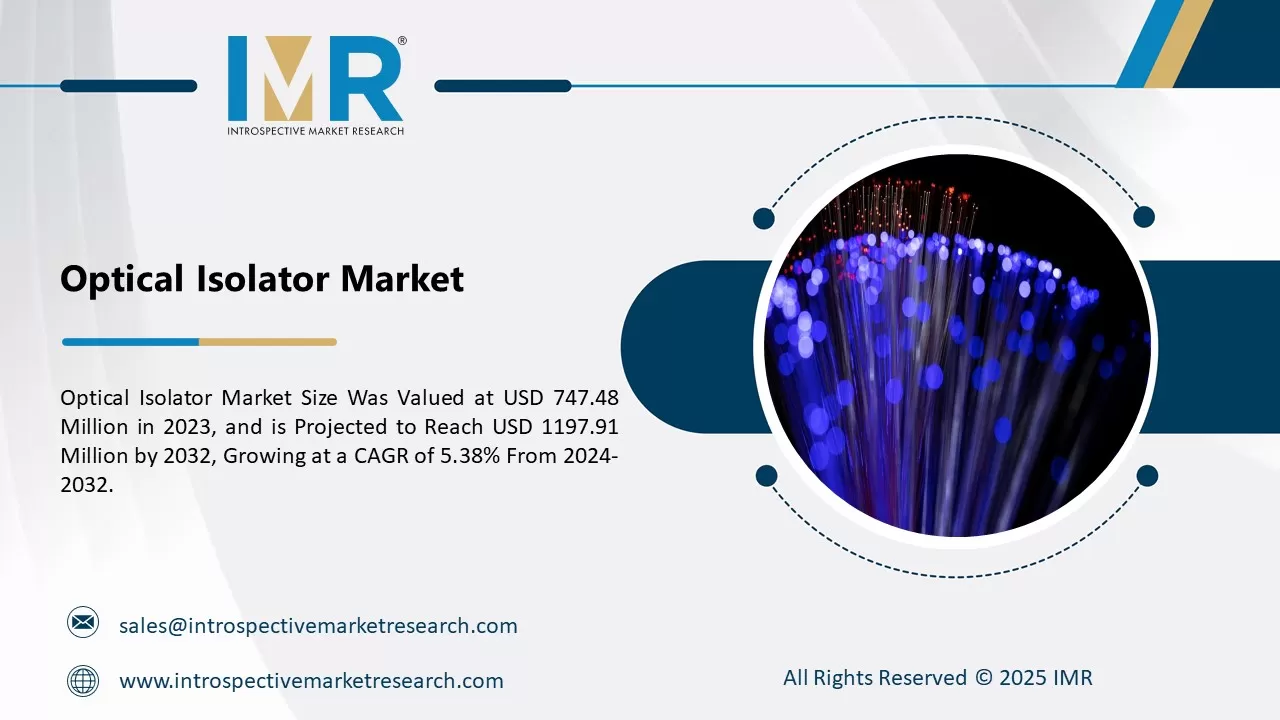Market Overview:
The global Auto SCR System market size was valued at USD 7.17 Billion in 2022 and is projected to reach USD 24.16 Billion by 2030, growing at a CAGR of 16.4% from 2023 to 2030.
The Auto SCR System market has witnessed substantial growth and evolution in recent years, driven by increasing demand for efficient procurement processes and cost management strategies. Organizations across various industries are adopting spend analysis solutions to gain better visibility into their expenditure, optimize supplier relationships, and enhance overall financial performance. Key drivers include the growing complexity of global supply chains, the need for real-time data analytics, and the pursuit of cost-saving measures. Auto SCR System helps businesses track and analyze their spending patterns, identify savings opportunities, and mitigate risks associated with supplier relationships. As a result, the market has attracted a diverse range of vendors offering innovative solutions with features such as data visualization, predictive analytics, and artificial intelligence. The market is characterized by intense competition and a dynamic landscape as vendors continuously innovate to meet evolving customer needs. Cloud-based solutions have gained prominence, providing scalability and accessibility.
Top Key Players Covered in The Auto SCR System Market:
- Eberspacher Group
- Toyota Motor Corporation
- R?chling-Group
- Faurecia SA
- Sango Industrial
- Futaba Industrial
- Tenneco
- Amminex Emissions Technology
- SDC Materials
- Magneti Marelli S.p. A. and other major players.
Market Dynamics and Factors:
The Auto Selective Catalytic Reduction (SCR) System market is driven by stringent emission regulations worldwide, compelling automotive manufacturers to adopt advanced emission control technologies. The opportunity lies in the growing demand for eco-friendly vehicles and the need for efficient NOx reduction in diesel engines. Auto SCR systems play a pivotal role in meeting emission standards by converting harmful nitrogen oxides into harmless nitrogen and water. However, market growth faces restraints such as high initial costs of implementing SCR technology, complexity in integration with existing vehicle systems, and potential challenges in maintaining and refilling the urea solution needed for the SCR process. Additionally, the market's expansion may be hindered by slower adoption in emerging economies with less stringent emission norms.
Auto SCR System Market Report Highlight:
- By Type, The Commercial Vehicles segment is at the forefront of the Auto SCR (Selective Catalytic Reduction) System market, asserting dominance with its widespread adoption. This segment exhibits a strong demand for SCR systems, driven by regulatory compliance, emissions control, and a growing focus on sustainable transportation solutions.
- By Component, the Urea tank segment is dominating the Auto SCR (Selective Catalytic Reduction) System market. The urea tank segment exerts significant influence in the Auto Selective Catalytic Reduction (SCR) System market, demonstrating dominance through its widespread adoption. As a crucial component for reducing vehicle emissions, urea tanks play a pivotal role in the SCR system, contributing to its market leadership.
- Asia Pacific market is expected to account for the largest share of the global market. The growth of the Auto SCR System market in this area is expected to be fueled by strict government rules and regulations, as well as improved transportation facilities and ongoing infrastructure development. Increased investment in cars is also propelling the industry forward. Furthermore, rising vehicle output and demand in the area are expected to drive up demand for automotive selective catalytic reduction systems.
Key Industry Development:
- In January 2023: Faurecia SA acquired Delphi Technologies strengthened Faurecia's position as a leading provider of clean mobility solutions, including SCR systems. The combined entity gained access to Delphi's expertise in SCR catalyst technology and exhaust after-treatment systems.
- In October 2023: Tenneco Inc. acquired Cooper Standard's Clean Air Technologies business expanded Tenneco's portfolio of emission control technologies, including SCR systems. It solidified their position in the North American market and provided access to Cooper Standard's advanced SCR catalyst technology.
Auto SCR System Market Segmentation:
By Vehicle Type
- Passenger cars
- Commercial vehicles
By Component
- Pump
- Urea tank
- Injector
- ECU
By Fuel Type
- Diesel
- Gasoline
For this report, Introspective Market Research has segmented the Auto SCR System Market based on region:
Regional Outlook (Revenue in USD Million; Volume in Units, 2022-2028)
- North America
- The U.S.
- Canada
- Mexico
- Eastern Europe
- Russia
- Bulgaria
- The Czech Republic
- Hungary
- Poland
- Romania
- Rest of Eastern Europe
- Western Europe
- Germany
- UK
- France
- Netherlands
- Italy
- Spain
- Rest of Western Europe
- Asia Pacific
- China
- India
- Japan
- Singapore
- Australia
- New-Zealand
- Rest of APAC
- Middle East & Africa
- Turkey
- Saudi Arabia
- Qatar
- UAE
- Israel
- South Africa
- South America
- Brazil
- Argentina
- Rest of SA





